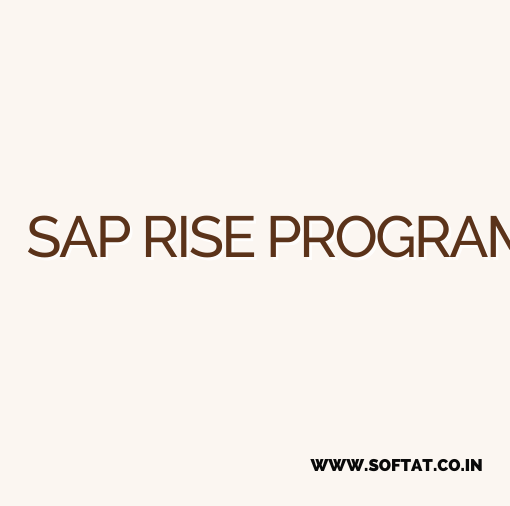In today’s digital era, businesses are increasingly adopting cloud-based solutions to streamline their operations and drive innovation. SAP Cloud Integration (CPI), commonly referred to as CPI (Cloud Platform Integration), has emerged as a popular choice for organizations seeking a robust integration platform. With its powerful features and flexibility, CPI allows seamless communication between various systems and applications. In this blog post, we will delve into the intricacies of CPI’s message mapping and specifically explore the concepts of OR and AND in message mapping.
Understanding Message Mapping in SAP CPI:
Message mapping is a critical aspect of any integration project. It involves transforming messages from one format to another, allowing different systems to exchange data seamlessly. SAP CPI provides a graphical mapping editor that simplifies the process of message transformation. The mapping editor allows developers to define rules and logic for mapping fields between the source and target messages.
The Role of OR and AND Operators in Message Mapping:
The OR and AND operators in SAP CPI’s message mapping play a crucial role in defining conditional logic for field mapping. They enable developers to define complex conditions and transformations based on the source message data.
OR Operator:
The OR operator in message mapping provides a way to define multiple conditions, where at least one condition needs to be met for a particular mapping rule to be executed. For example, consider a scenario where you want to map a field in the target message only if either Field A or Field B in the source message is not empty. In this case, you can define a mapping rule with the OR operator, specifying the conditions (Field A ≠ ” OR Field B ≠ ”).
Using the OR operator allows for flexibility in mapping conditions, as it accommodates scenarios where multiple fields can satisfy the condition independently.
AND Operator:
In contrast to the OR operator, the AND operator in message mapping requires all specified conditions to be met for a mapping rule to be executed. It enables developers to define more granular conditions, ensuring that multiple fields meet certain criteria before executing the mapping rule.
For instance, imagine a situation where you want to map a field in the target message only if Field A is not empty and Field B is greater than 100. In this case, you can define a mapping rule with the AND operator, specifying the conditions (Field A ≠ ” AND Field B > 100).
The AND operator is beneficial in scenarios where multiple conditions must be satisfied simultaneously for accurate mapping.
Best Practices for Working with this:
To make the most of OR and AND operators in message mapping, consider the following best practices:
- Keep conditions clear and concise: Define conditions that are easily understandable and align with the integration requirements. Complex conditions can make the mapping rules harder to maintain and troubleshoot.
- Test thoroughly: Always test your message mappings with different test scenarios to ensure they behave as expected. Verify that the OR and AND operators are functioning correctly and producing the desired results.
- Leverage the graphical mapping editor: SAP CPI’s graphical mapping editor provides a user-friendly interface for defining mapping rules. Utilize its drag-and-drop features and visual representation of mappings to enhance productivity and reduce errors.
Conclusion:
SAP Cloud Integration (CPI) offers a powerful message mapping capability, enabling seamless integration between different systems and applications. By understanding the OR and AND operators in message mapping, developers can define complex conditions and transformations to ensure accurate and efficient data exchange. These operators provide flexibility and control in designing mapping rules that align with specific integration requirements. By following best practices and leveraging the graphical mapping editor, developers can optimize their use of CPI and unlock the full potential of cloud-based integration.
Remember, successful integration relies not only on technical expertise but also on a deep understanding of the business processes and requirements.





